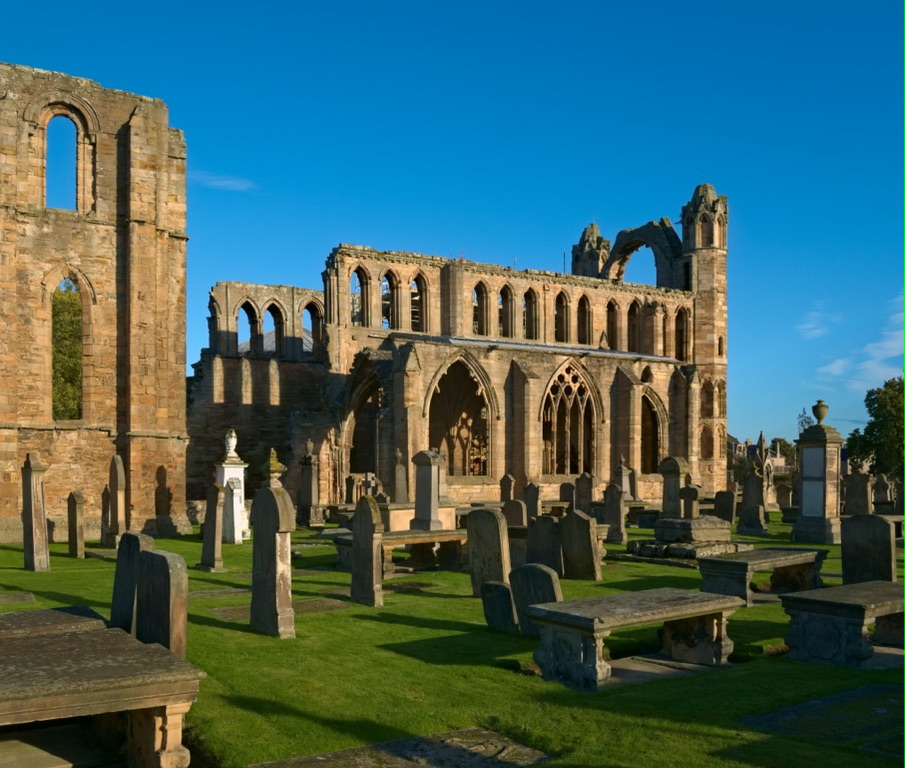Elgin Cathedral, often referred to as the ‘Lantern of the North’, is a historic ruin in Elgin, Moray, northeast Scotland. Once a beautiful example of Gothic architecture, it has endured through centuries as a symbol of ecclesiastical power and piety. Despite its ruined state, the cathedral’s remains are significant, offering insights into medieval Scotland’s religious and architectural heritage.
Get your dose of History via Email
Historical Background of Elgin Cathedral
Elgin Cathedral’s origins trace back to the 13th century. It was consecrated in 1224, during the episcopacy of Bishop Andrew de Moravia. This sacred site has witnessed numerous historical events, including the Wars of Scottish Independence. The cathedral was expanded and embellished over the years, reflecting its growing importance.
Its discovery by modern historians isn’t well-documented, as it has been a prominent ruin for centuries. However, its historical significance was recognized early on, and it has been a subject of study and conservation efforts. The cathedral was built by the order of King Alexander II as a demonstration of ecclesiastical power.
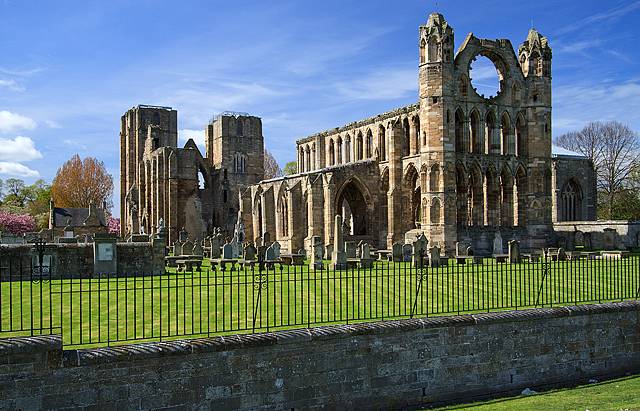
Throughout its history, Elgin Cathedral has seen various inhabitants, including a succession of bishops. It also played a role in the Scottish Reformation. Unfortunately, it fell into disuse and was abandoned after the Reformation, leading to its current state of ruin.
Historically important events include the burning of the cathedral in 1390 by the Wolf of Badenoch, Alexander Stewart, in an act of defiance against the Bishop of Moray. This event marked a significant chapter in the cathedral’s history, leading to subsequent rebuilding efforts.
Elgin Cathedral’s significance extends beyond its religious function; it was also a center of learning and culture in medieval Scotland. Its presence has had a lasting impact on the region, contributing to Elgin’s development as a town and a center of ecclesiastical authority.
About Elgin Cathedral
Elgin Cathedral, now a ruin, was once a majestic structure made primarily of local sandstone. Its Gothic architecture is evident in the pointed arches, ribbed vaults, and flying buttresses that remain. The cathedral’s design reflects the architectural trends of its time, with influences from European Gothic styles.
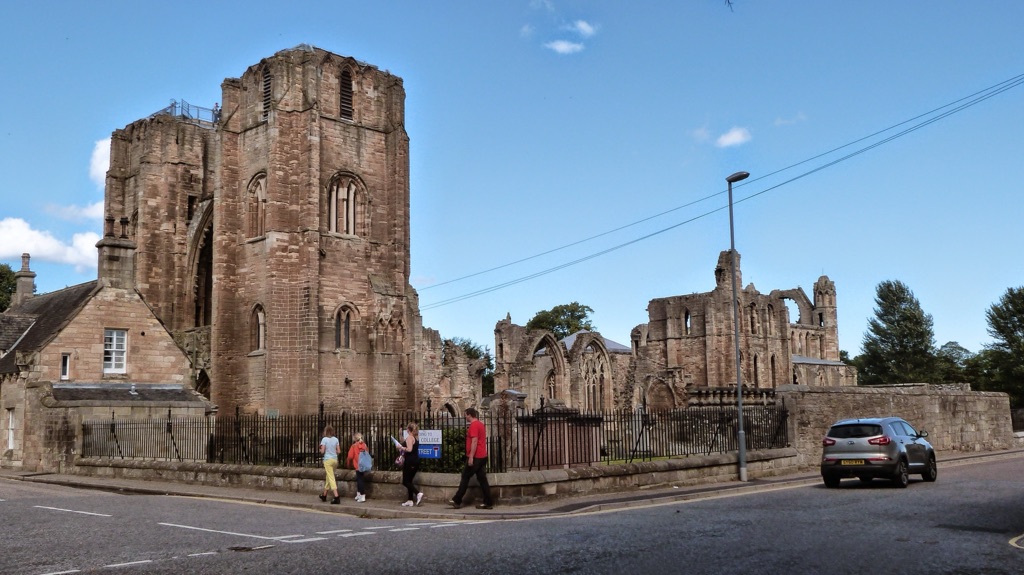
The building materials have withstood the test of time, allowing visitors to appreciate the craftsmanship of medieval masons. The stone used was quarried nearby, showcasing the use of local resources in its construction. The cathedral’s layout includes a nave, choir, and two towers, typical of large ecclesiastical buildings of the period.
Architectural highlights include the cathedral’s western façade, with its twin towers that once rose dramatically against the skyline. The octagonal chapter house is another notable feature, renowned for its vaulted ceiling and ornate stonework. The remaining window tracery and carved stone details offer a glimpse into the cathedral’s former glory.
Despite its ruinous state, Elgin Cathedral’s structure allows for an understanding of its original grandeur. Conservation efforts have focused on stabilizing the ruins, preserving the intricate stonework that characterizes the site. The cathedral’s grounds also contain medieval tombstones and effigies, adding to its historical richness.
The site’s visitor center provides detailed information about the cathedral’s history and architecture. It serves as a resource for understanding the complex construction techniques and artistic achievements of the medieval builders who created this once-magnificent edifice.
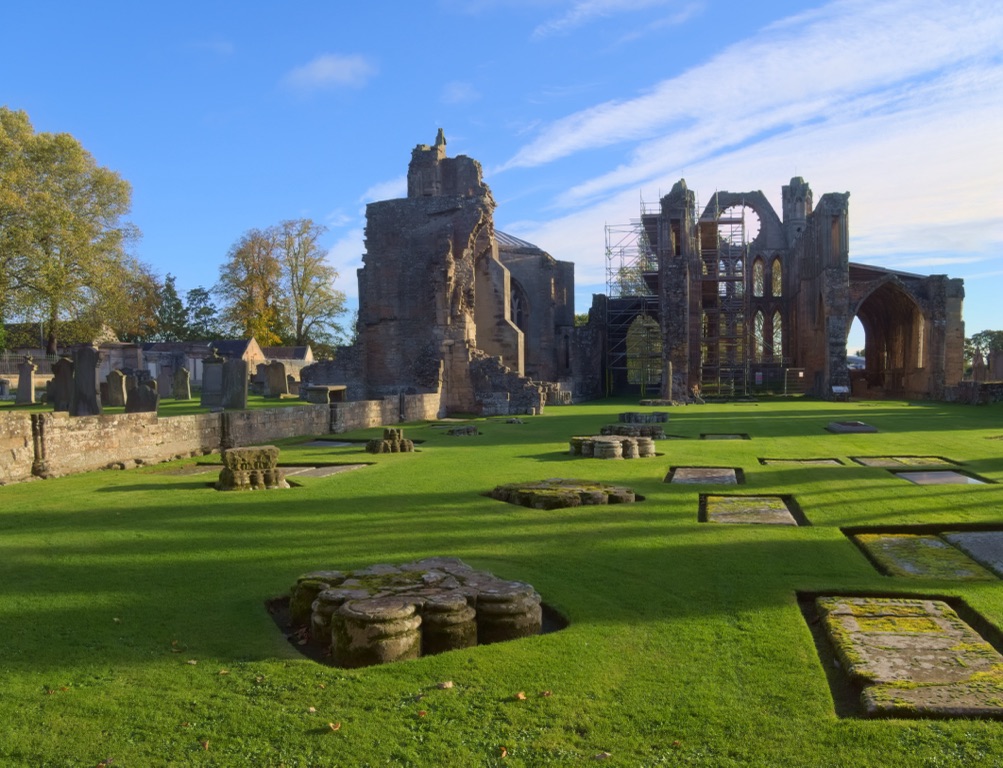
Theories and Interpretations
Several theories about Elgin Cathedral’s use and significance have been proposed. It was undoubtedly a spiritual center, serving as the seat of the Bishop of Moray. Some suggest it played a role in regional politics, given its connections to powerful figures like King Alexander II.
Mysteries surrounding Elgin Cathedral include the exact motivations behind its architectural expansions. Some historians interpret these as responses to political changes, while others see them as expressions of religious devotion. The cathedral’s design elements have been matched to historical records, revealing the influences of contemporary European Gothic architecture.
Dating of the cathedral has been carried out using historical documents and architectural analysis. These methods have helped establish the timeline of its construction and subsequent modifications. The precise dating of certain features, however, remains subject to interpretation.
Interpretations of the cathedral’s art and iconography continue to evolve. Scholars study the remaining sculptures and carvings to understand the religious and cultural messages they conveyed to medieval worshippers. These artistic elements provide a window into the spiritual life of the period.
Conservation work on Elgin Cathedral has also led to theories about the original color schemes and decorative details that have since faded or been lost. Ongoing research and archaeological investigations may provide further insights into these aspects of the cathedral’s history.
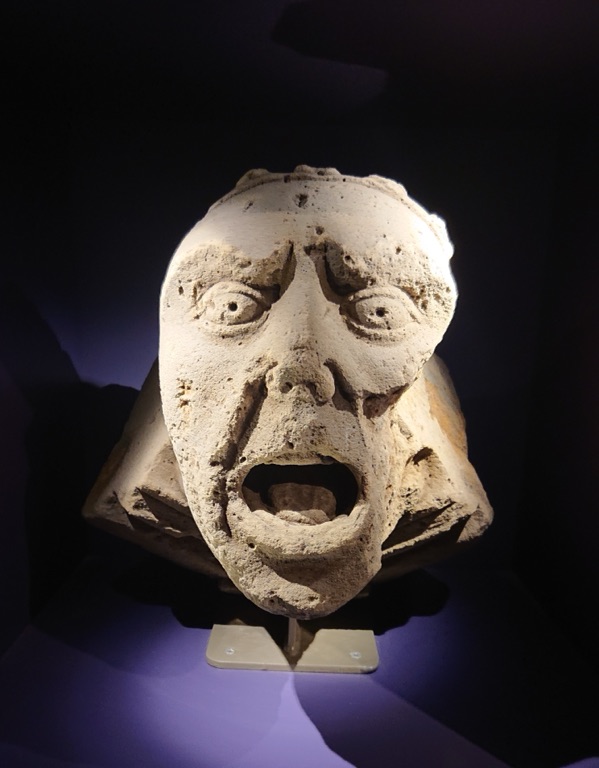
At a glance
Country: Scotland
Civilization: Scottish
Age: Established in 1224 AD
Conclusion and Sources
Reputable sources used in creating this article include:
- Wikipedia: https://en.wikipedia.org/wiki/Elgin_Cathedral
- Historic Environment Scotland: https://www.historicenvironment.scot/visit-a-place/places/elgin-cathedral/history/

